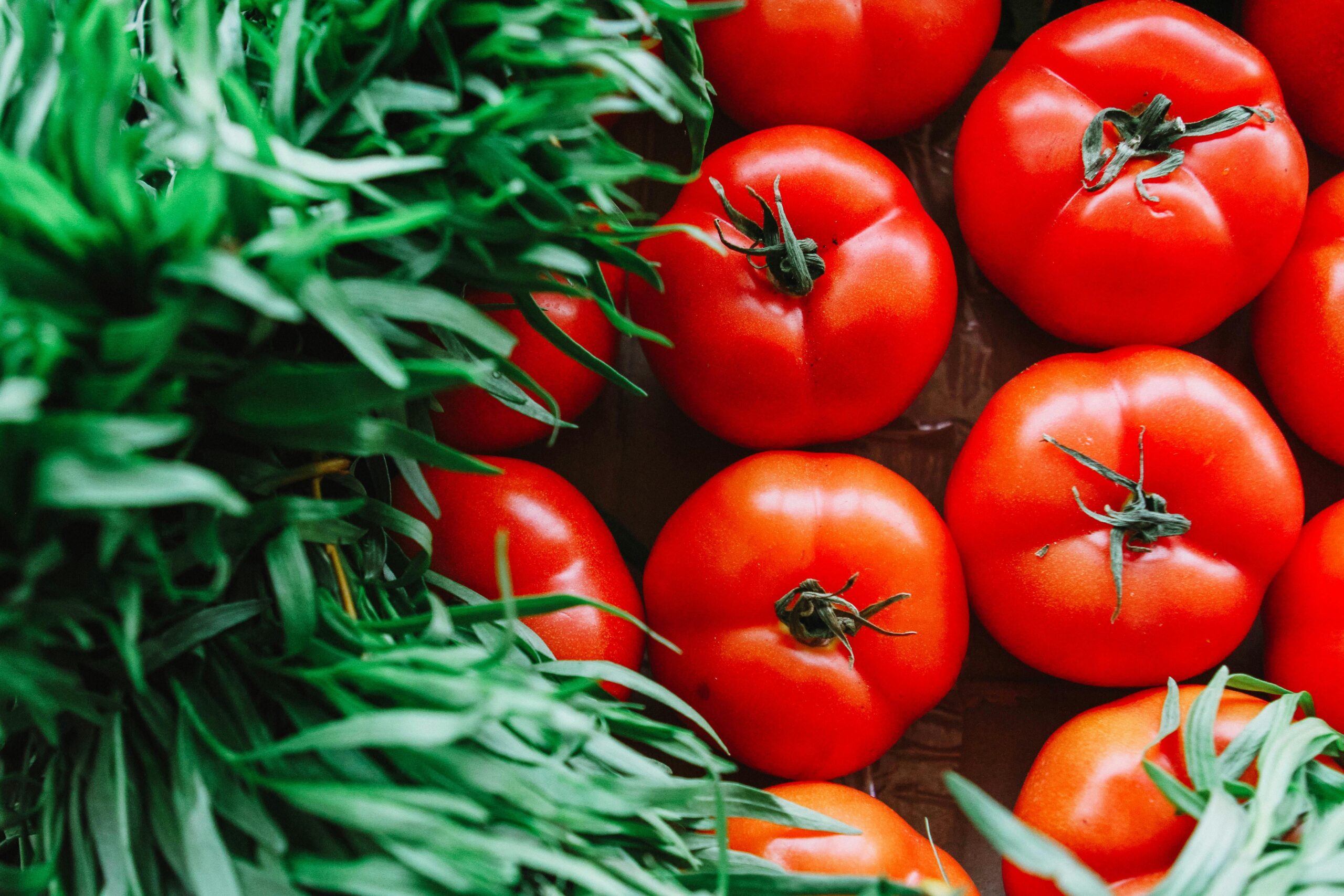
Leafy greens are a significant agricultural commodity, valued for their nutritional benefits and culinary versatility. Here’s an overview of leafy greens as a commodity:
1. Types of Leafy Greens
Common commercially traded leafy greens include:
-
Lettuce (e.g., iceberg, romaine, butterhead)
-
Spinach
-
Kale
-
Arugula
-
Swiss Chard
-
Collard Greens
-
Bok Choy
-
Mustard Greens
-
Microgreens (high-value specialty product)
2. Market Overview
-
Global Production: Major producers include the U.S. (California, Arizona), China, India, and European countries like Spain and Italy.
-
Demand Drivers: Health trends (e.g., plant-based diets, superfood popularity), convenience (pre-washed, bagged greens), and foodservice demand (salads, smoothies).
-
Supply Chain Challenges: Perishability, food safety concerns (e.g., E. coli outbreaks), and labor-intensive harvesting.
3. Pricing & Trade
-
Price Fluctuations: Affected by seasonality, weather (droughts/floods), and transportation costs.
-
Organic vs. Conventional: Organic leafy greens command a premium (20-50% higher prices).
-
Exports/Imports: The U.S. imports off-season greens from Mexico, while the EU sources from North Africa.
4. Key Challenges
-
Shelf Life: Requires cold chain logistics to prevent spoilage.
-
Food Safety: Recalls due to contamination (e.g., Salmonella, Listeria) impact consumer trust.
-
Labor Costs: Hand-harvesting increases production costs.
-
Climate Risks: Heatwaves and water scarcity affect yields.
5. Innovations & Trends
-
Controlled Environment Agriculture (CEA): Vertical farming (e.g., AeroFarms, Gotham Greens) reduces land use and extends shelf life.
-
Pre-cut/Packaged Greens: Convenience-driven demand growth.
-
Blockchain Traceability: Enhances food safety tracking.
6. Future Outlook
-
Rising demand for nutrient-dense, sustainable foods supports market growth.
-
Technology (automation, AI in farming) may reduce costs and improve consistency.
-
Climate-resilient varieties and water-efficient farming are critical for long-term supply.
